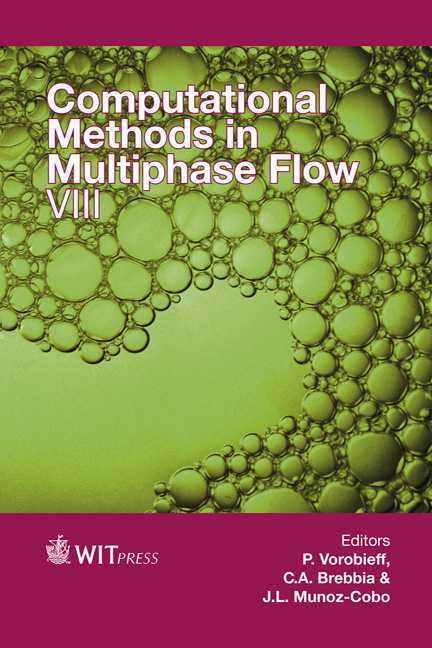Internal And External Characteristics Of A Superheated Jet
Price
Free (open access)
Transaction
Volume
89
Pages
12
Page Range
225 - 236
Published
2015
Size
916 kb
Paper DOI
10.2495/MPF150201
Copyright
WIT Press
Author(s)
A. Sinha, S. Balasubramanian, S. Gopalakrishanan
Abstract
Flashing phenomenon occurs by rapid release of sub cooled/saturated liquid into a medium with lower pressure. This creates an expansion associated with vapour formation. The thermodynamic instability causes breakup of the liquid jet. Understanding the physics behind the jet disintegration and flashing phenomenon is still an open problem, with applications in automotive and aero-combustor industry. The behaviour of a flashing jet is highly dependent on the input parameters, most importantly inlet temperature and pressure. In the present study, the external (outside nozzle) and the internal (inside nozzle) flow characteristics of the two-phase flow has been studied numerically and experimentally. The phase change from liquid to vapour takes place over a finite period of time. Homogenous Relaxation Model (HRM) is used to model such finite rate process. In order to validate the numerical results, controlled experiments were carried out. Results revealed that the mass flow rate obtained numerically matches with that of experiments. Optical diagnostics were used to study the flow characteristics. Flow characteristics in terms of spray angle, penetration depth will be obtained from the experiments for better understanding of the break-up mechanism involved.
Keywords
superheated, jet, Homogenous Relaxation Model, instability, aerodynamic, flashing, phase change, helical, axisymmetric, breakup





